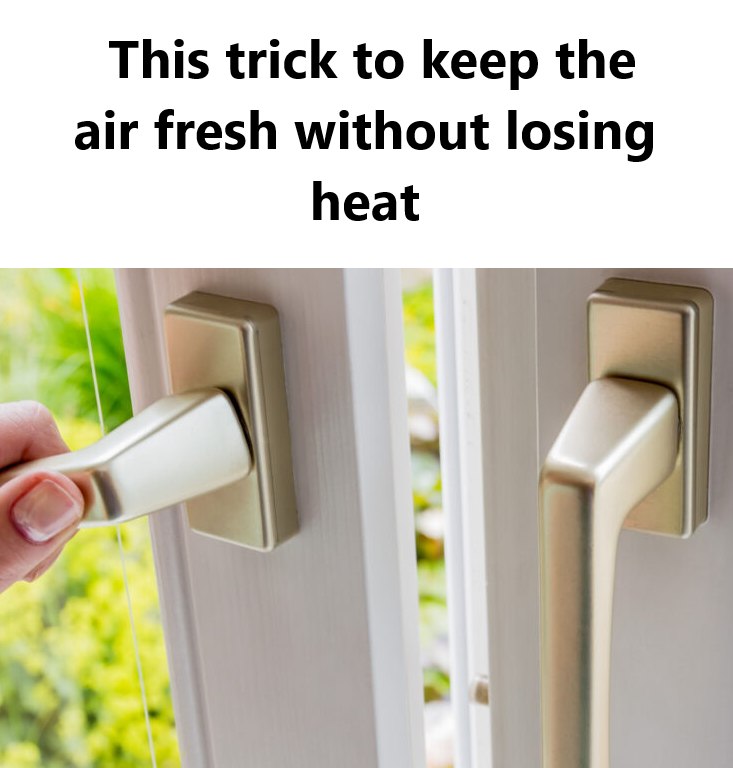Humidity and Mold Formation
Drying clothes, cooking, showering, or having many plants indoors can significantly raise the humidity levels in your home, leading to more dust mites and mold. The bathroom is often the most humid area in the house and a prime spot for mold. Mold can irritate the airways. Mold growth in the bathroom and other damp areas can be prevented by ventilating. If you don’t have an internal ventilation system, leave the bathroom door open after showering to allow the moist air to escape. Make sure to open a window in a room nearby, otherwise, the moist air will stay inside. If you have a damp basement, ventilation is equally important. Open the door to the basement regularly and check for moisture spots or mold.
Ventilating Against Aerosols
In small, poorly ventilated rooms, aerosols—tiny droplets with viruses—can remain in the air for longer periods, as research shows. Ventilating helps dilute the air and remove pollutants more easily, reducing the concentration of aerosols and lowering the risk of contamination.
Tips for Ventilating with Minimal Heat Loss
Even in old homes with gaps and cracks, natural ventilation isn’t always enough. In modern, well-insulated homes, ventilation is a key concern. Here are some tips for maintaining healthy air with minimal heat loss:
Keep ventilation vents open for consistent airflow.
If you have small windows (or vents), crack them open when you’re home.
Clean vents at least once a year with a brush or vacuum cleaner. Sometimes the cover can be removed and cleaned with soapy water.
Ensure air can flow through your home. Doors should have at least a 1.5 cm gap under them. If doors are too long, trim them or add vents.
Ensure extra ventilation in the kitchen and bathroom. Use the exhaust fan when cooking and an inbuilt fan in the bathroom during and after showering.
During renovations, insulation work, or when replacing windows, consider improving ventilation as well. For example, use wind pressure-regulated vents in window frames or a ventilation unit in the living room. Wind pressure-regulated vents adjust based on wind strength, closing more when the wind is strong and opening when it’s gentler. This minimizes drafts and heat loss while still providing fresh air.
If you’re insulating your home, also address gaps and cracks, which can compromise natural ventilation. You can compensate by adding ventilation systems, such as self-regulating vents or a heat recovery ventilation unit. These systems use CO2 levels to determine how much fresh air is needed and efficiently preheat the incoming air.
Ventilating Is Not a Substitute for Airing Out
Do you think you’re good because you air out your home every day? Unfortunately, airing out is not the same as ventilating. Ventilating must happen 24/7, year-round. Airing out is helpful to quickly get rid of polluted air, and usually, 10 to 30 minutes is enough. For example, airing out the bedroom in the morning is a good idea. Also, open a window or door in the living room if there’s been smoking. Once the polluted air is gone, airing out no longer has any effect. Therefore, only air out when necessary and for as little time as possible in rooms where heating is on. Turn off the heating while airing out to avoid unnecessary heat loss.
ADVERTISEMENT

